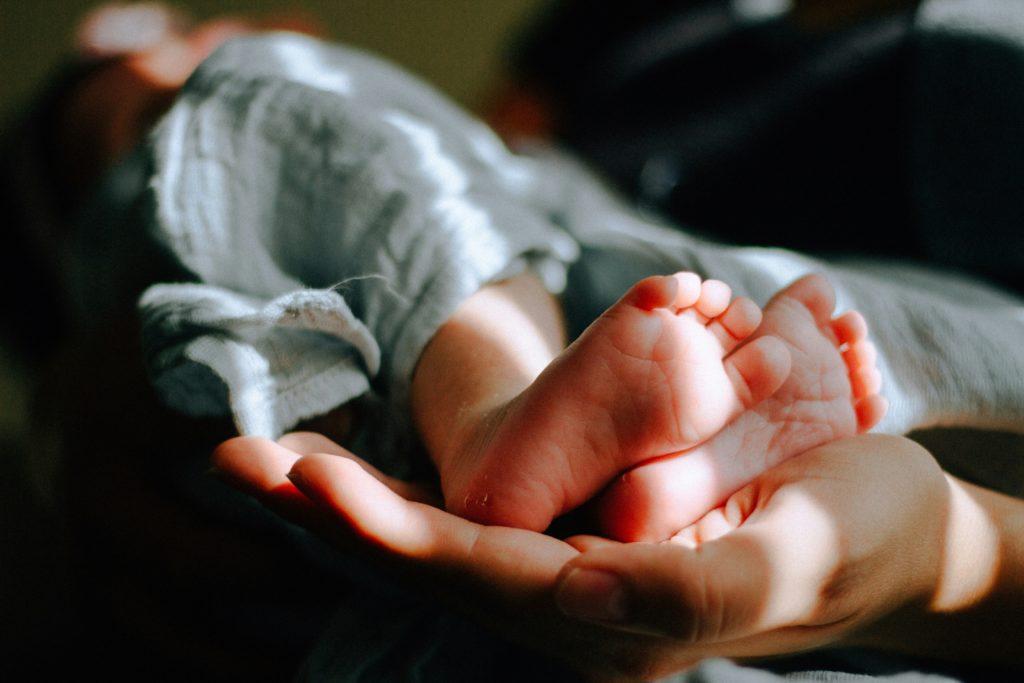
“Colonialism isn’t historic. It’s ongoing. These harms are continuing, and they’re perpetuated still.”
Lee Clark, director of health at Native Women’ s Association of Canada.
Birthing ceremonies are an empowering experience for many women, and Indigenous cultures across the world celebrate new life with ceremonies, recognizing the passing from the spiritual world into the physical world. Indigenous expectant mothers living in rural and remote reserve communities across Canada often find themselves with limited autonomy regarding the mobilities required of them to receive medical care they did not choose to begin with. Despite generations of giving birth on their ancestral lands, First Nations women residing in rural and remote reserves throughout Canada are forced to leave their communities and traditions late in their pregnancies to access labor and birthing services, even if they are medically low-risk.
Referred to as Health Canada’s “birth evacuation policy,” this decades old policy arises from a multifaceted intersection of federal and provincial jurisdictional regulations which mandates federally employed nurses to facilitate transfers to hospitals for delivery between 36 to 38 weeks of gestational age, and sooner if the pregnancy is deemed high-risk. With increasing rural hospital closures along with the physician shortage plaguing the country, pregnant Indigenous women are having to travel farther distances to access perinatal care.
Indigenous Midwives as Cultural Custodians
The recognition and support of Indigenous midwives as autonomous primary healthcare providers should be a cornerstone of health policymaking in Canada. They play a crucial role in providing comprehensive care throughout the pregnancy, labour, birth, and postpartum. Indigenous midwives are considered cultural custodians, upholding languages, oral cultures, and traditions. Their practice is deeply rooted in Indigenous knowledge systems, respecting the interconnectedness of physical, emotional, mental, and spiritual aspects of health. Communities such as Kehewin Cree Nation in Alberta have made efforts to restore birthing traditions since 2018. Deanna Smith, a doula and midwife-in-training in Kehewin, describes the significance of a placenta ceremony, as the branching segments of the placenta resemble tree roots. This was the first time she saw an afterbirth in person, and it wasn’t until working for Kehewin Health Services that she learned about important cultural birth teachings. Smith states, “I could feel that positive and powerful energy and the sacredness from the area.”
Sturgeon Lake First Nation is another community in Alberta that has embraced traditional birthing practices. Norma Rabbitskin, a senior nurse at Sturgeon Lake, states that she and her mother were born through traditional practice, and in 2022 experienced her daughter giving birth on the lands. Rabbitskin stated, “It really feels so sacred and I’m really just flying high,” emphasizing that her daughter was practicing a sacred right. Some of the traditions passed through generations in the community include pipe ceremonies, naming ceremonies and songs associated with birth.
Birth Evacuation Policy in Action
Indigenous midwives also address the healthcare needs of Indigenous women while considering the historical and systemic barriers they face in mainstream healthcare systems. The National Council of Indigenous Midwives, established in 2008, has long highlighted the oppression women face because of the evacuation policy. Silencing Indigenous midwifery is a result of colonization and ongoing systemic racism. Anti-Indigenous racism in Canadian healthcare is still present, posing a risk for expecting mothers. Tina Campbell, resident of Mosakahiken Cree Nation in Manitoba, recalls the discrimination she says she faced while accessing health care almost twenty years ago. She told CBC News, “When I was getting ready, I was thinking I’ve got to look nice, be presentable, because I don’t want to be treated differently.”
Birth outcomes for Indigenous populations are consistently worse compared to the non-Indigenous population. The Royal Commission of Aboriginal Peoples (1996) reported that stillbirth and perinatal death rates among Indigenous communities are approximately double the Canadian average, with rates among Inuit populations in the Northwest Territories reaching about two and a half times the national average. These disparities underscore the detrimental impact of racism regarding birth outcomes and the significant need for upholding traditional practices.
Moving Forward
Although benefits of Indigenous midwifery outweigh the negatives, it is important to recognize the challenges pregnant women face if they are considered ‘high-risk.’ Midwives generally work with ‘low-risk’ pregnancies, but any pregnancy can take a turn, and it’s beneficial to have adequate medical intervention nearby. Obstetricians are highly trained to manage complex situations such as multiple births, breech presentations, pregnancies complicated by prior Cesarean sections or stillbirths, and cases involving women with medical conditions like high blood pressure. As a result, expansion of maternity care in rural Canadian communities, or the implementation of mobile obstetric services must be explored. Collaboration with both Indigenous midwives and obstetricians ensures that pregnant women receive tailored care throughout their pregnancy journey. For instance, midwives can offer care that upholds traditional birthing practices for low-risk pregnancies, while obstetricians remain available for consultations or interventions when complications arise. This approach respects both the cultural significance of Indigenous midwifery and the need for medical expertise in complex cases, ultimately promoting the well-being of pregnant Indigenous mothers and their babies.
Policymakers and stakeholders need to recognize that promoting Indigenous midwifery is a crucial step towards improving health outcomes, strengthening cultural continuity, and advancing Indigenous-led healthcare initiatives in Canada. It is essential to respect and uphold the cultural ceremonies and rituals associated with pregnancy and childbirth and integrate medical interventions only when necessary. Embracing these traditions positively impacts the life trajectories of Indigenous families and contributes to addressing health disparities within communities across Canada.